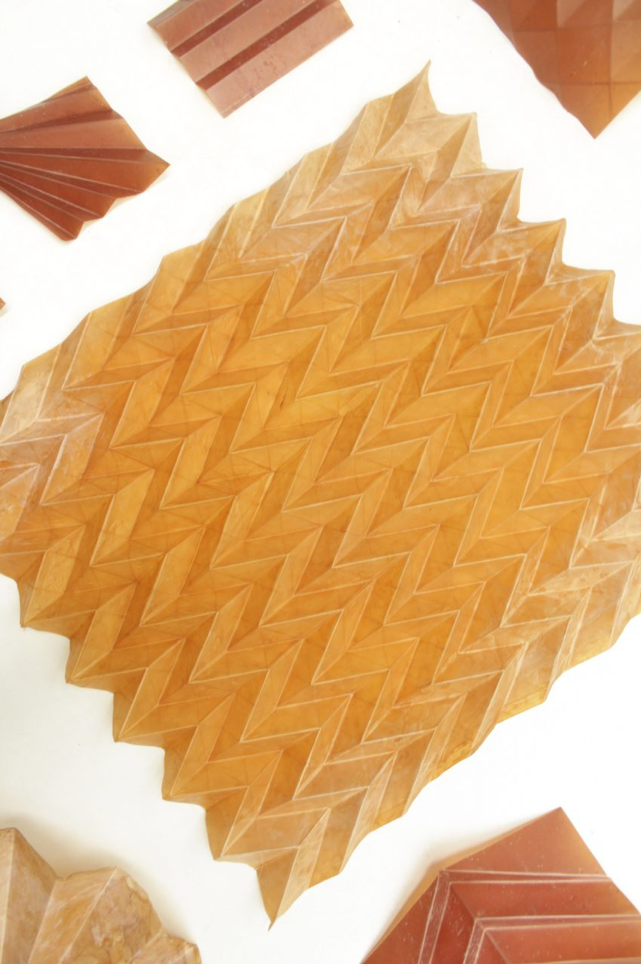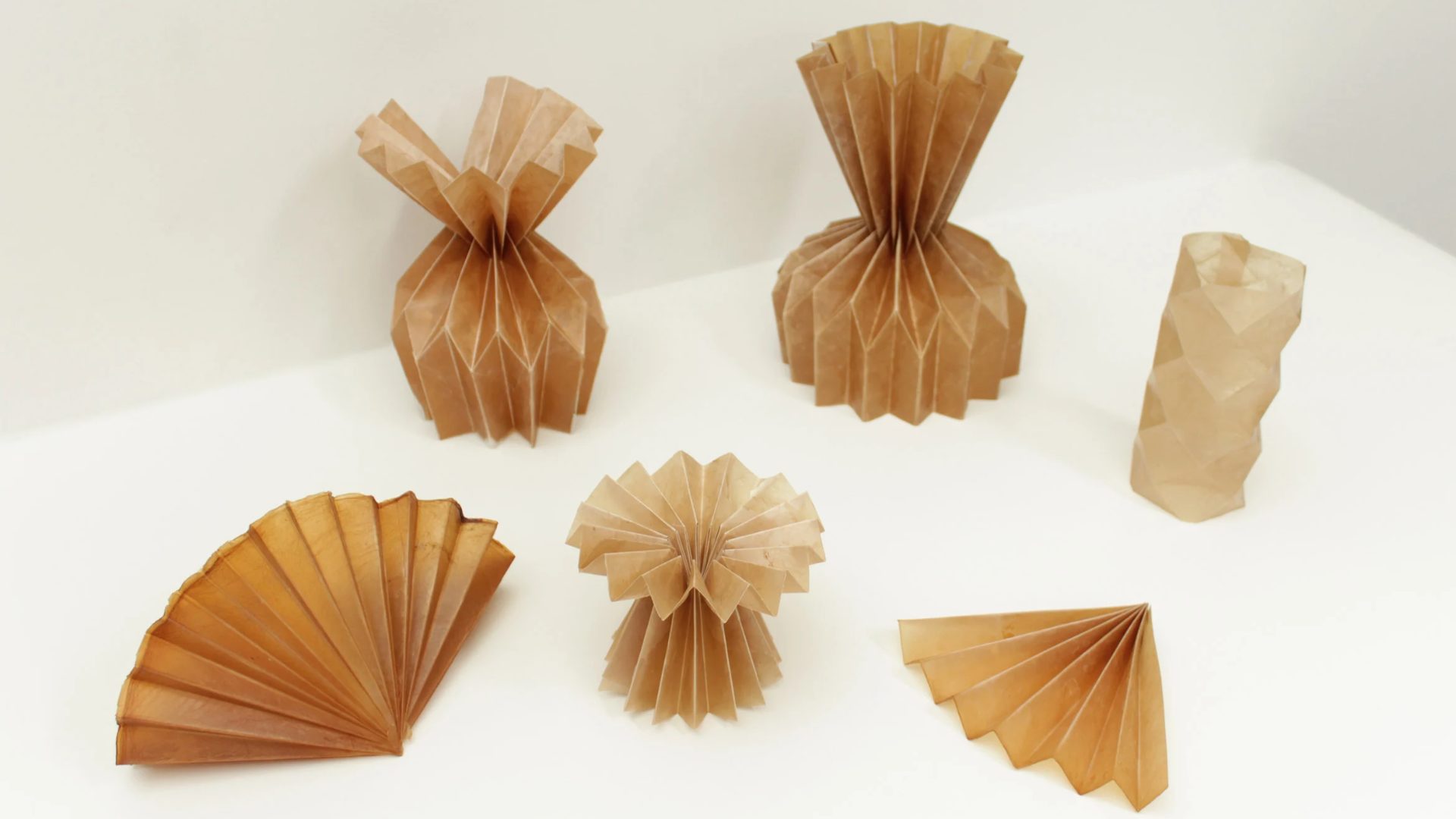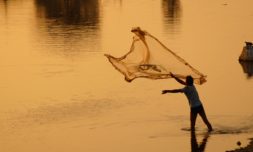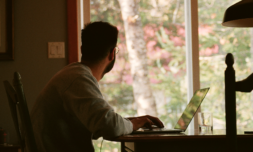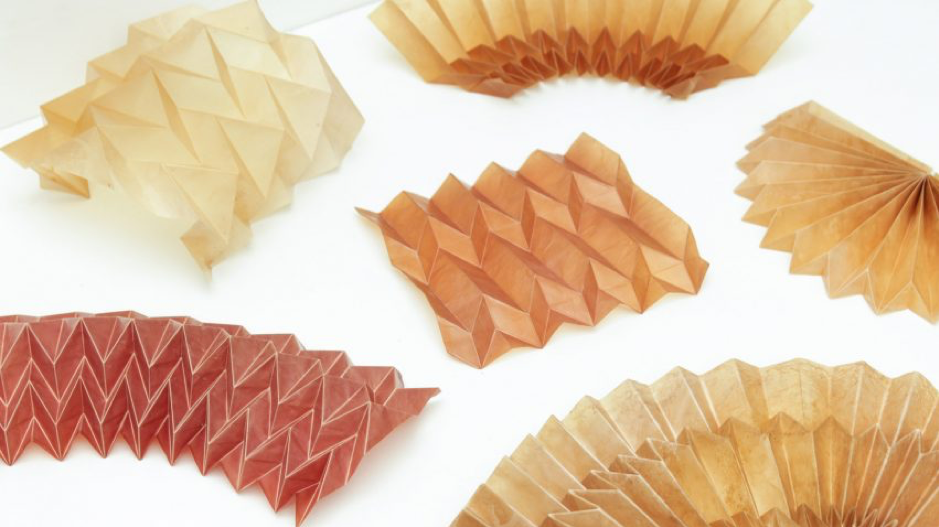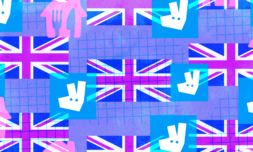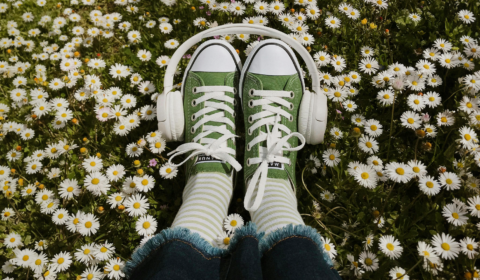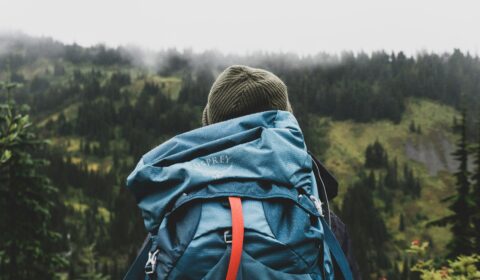At the world’s most important design event, Dutch designer Lionne van Deursen presented an innovative biofilm made from yeast. The eco-material could one day replace pesky plastic films that are notoriously difficult to recycle.
Phasing out plastics is one of the biggest challenges of the 21st century.
With 9 billion tons of the stuff produced over the last seventy years, we’ve created a mess so difficult to eradicate that plastic can be found in even the most remote parts of the Earth.
Not to mention, microplastics have been found in rainwater, human blood, breast milk, and even in the placenta of unborn babies. It’s everywhere.
Luckily, designers have been tirelessly experimenting to replace the most hard-to-recycle forms of plastic. At Milan Design Week, the world’s biggest design event, one Dutch designer presented a major breakthrough called Unfold.
